
If you're interested in DIY-ing a LTC6655-1.25V voltage reference, this article is for you.
Since the ADR01BRZ reference outputs 10V, a 1N4148 diode was added to the GND pin this time to boost the output to 10.6V. This ensures that all six sets of 10V reference voltages maintain a clean output without clipping above 10V.
The voltage divider circuit for the LTC6655-1.25V to 1V is shown below:
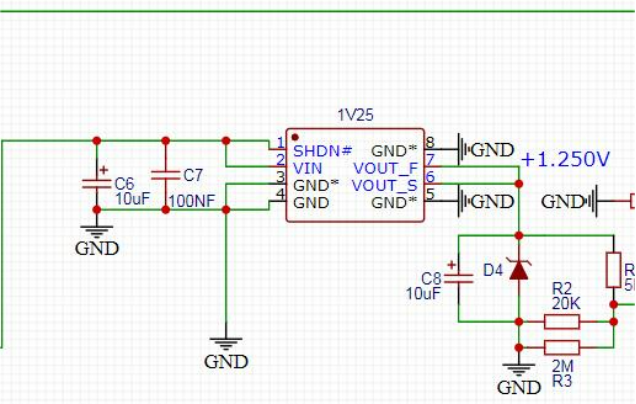
1V voltage amplified to generate a 10V output reference circuit:
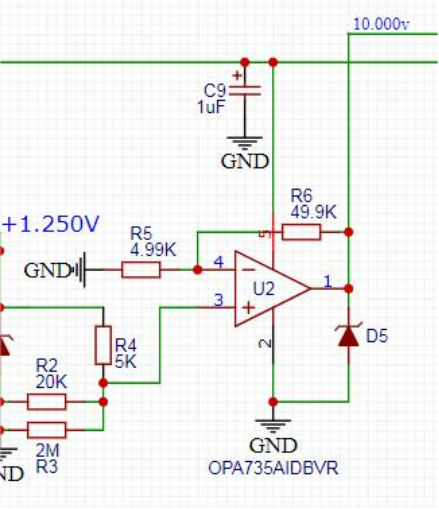
Four sets of reference voltage divider circuits:
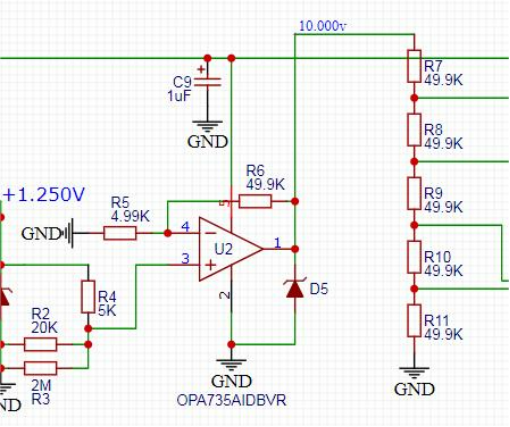
Four sets of reference voltage buffer (emitter follower) circuits:

For the main reference board, you can use five OPA735 high-precision, low-offset op-amps. The op-amps can be powered by a high-precision ADR01BRZ voltage reference, which is capable of supplying up to 10mA of current—more than enough to drive five op-amps.
The 1V reference voltage can be obtained by dividing down from the LTC6655-1.25V using a resistor divider. A 1:7 resistor ratio is used to scale the voltage, but simply paralleling seven resistors would increase noise.
Instead, it's better to first divide down to 1V, then amplify it 10x using a 1:10 resistor network and an op-amp, resulting in a highly accurate 10V output. This 10V output is then divided equally across five resistors, and the four divided voltages are buffered through op-amp emitter followers.
This design eliminates any influence from external voltmeters on the output reference voltages.
All IC power inputs are filtered with tantalum capacitors, and each of the six reference voltage outputs is protected by ESD diodes.
Testing shows that even without a temperature-controlled environment, the voltage accuracy can reach 20μV.
Originally, I planned to apply 704 silicone grease to the reference board to further reduce thermal drift; with it, the accuracy could likely improve to around 15μV.
Here's the upgraded 6-channel reference battery pack version:
You'll need a CN3300 lithium battery boost-charging chip and four 3200mAh 18650 batteries.
This setup can run for around 320 hours.
It also features an external lithium battery backup charging input, a Type-C charging port for easy portability, and lithium battery overcharge and over-discharge protection to ensure battery safety.
Here's the matching 4x18650 battery pack project:
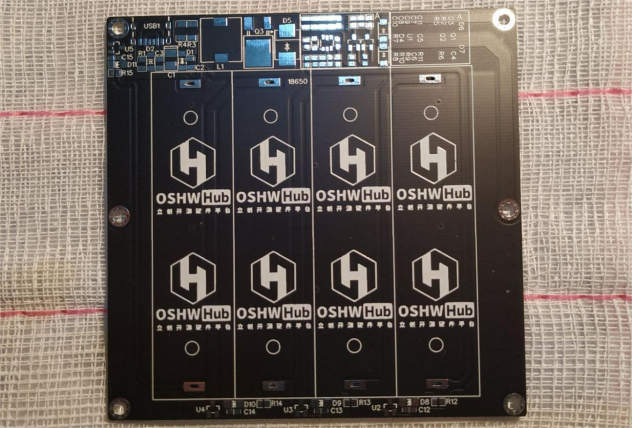
Reference main board:

PCB after soldering:

Battery pack board:

Reference main board:
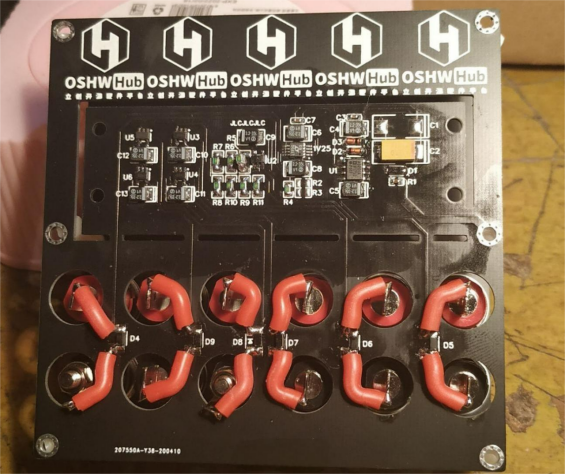
Front panel and back cover:

Here's the finished product:
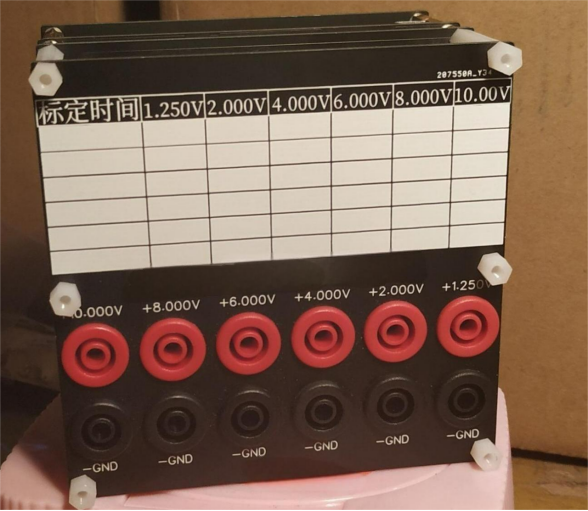
The End.




